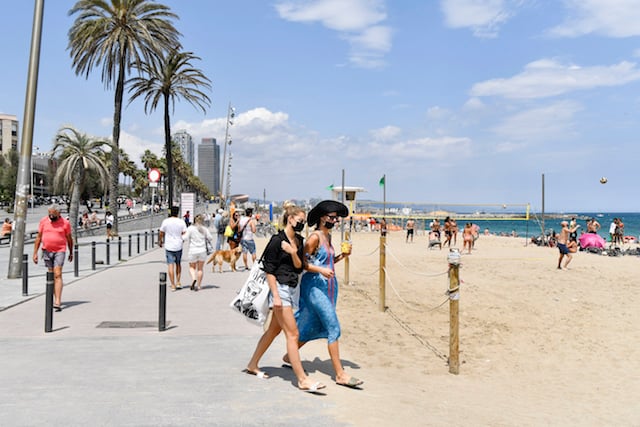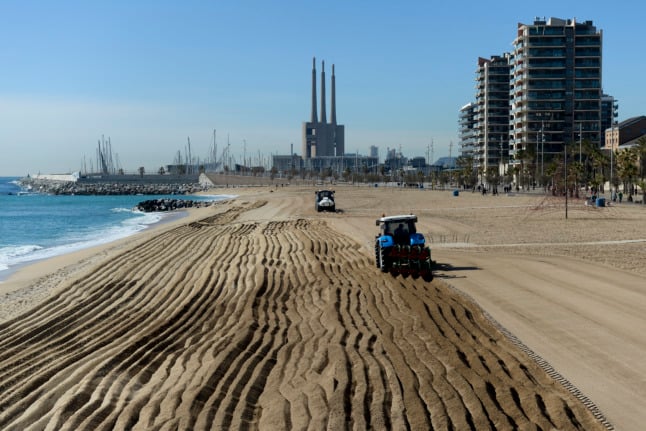US President Barack Obama on Tuesday told Spain's king he wants to see the country “strong and unified,” amid a strong independence drive in Catalonia.
Hosting King Felipe VI at the White House, Obama waded into a fierce political and constitutional row that has put Spain's borders of almost 600 years into question.
“As a matter of foreign policy, we are deeply committed to maintaining a relationship with a strong and unified Spain,” Obama said, sitting beside the young monarch.
“We think that Spain's presence is important not only in Europe, but also in the United States and also in the world.”
End of the meeting at the @Whitehouse: The King and Queen of Spain, US president and M. Obama http://t.co/hsVwTau3Vi pic.twitter.com/LjixRzyOQ4
— Casa de S.M. el Rey (@CasaReal) September 15, 2015
Catalans will vote in a regional election on September 27th that local politicians are billing as a de facto referendum on independence.
Felipe did not comment on the issue.
It was Felipe's first visit to the White House since taking the throne just over a year ago, when his father Juan Carlos abdicated.
At the end of the meeting, Obama added also said he wanted to “travel to Spain before the end of my presidency.”





 Please whitelist us to continue reading.
Please whitelist us to continue reading.
Member comments